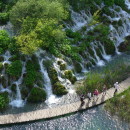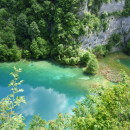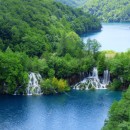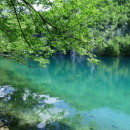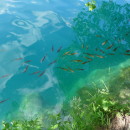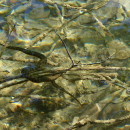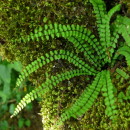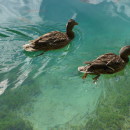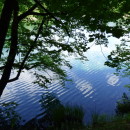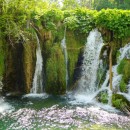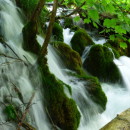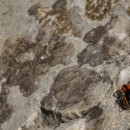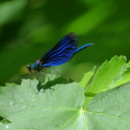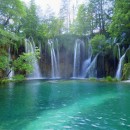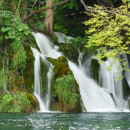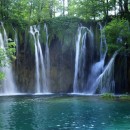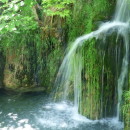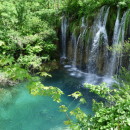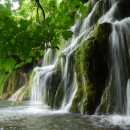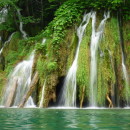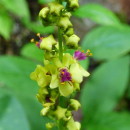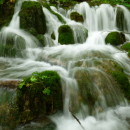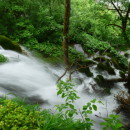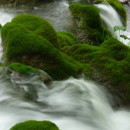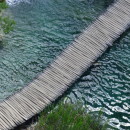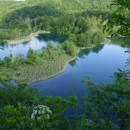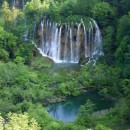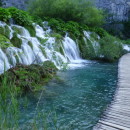Plitvice Lakes National Park is the oldest national park in Southeast Europe and the largest national park in Croatia.
The national park is world famous for its lakes arranged in cascades. Currently, 16 lakes can be seen from the surface. These lakes are a result of the confluence of several small rivers and subterranean karst rivers. The lakes are all interconnected and follow the water flow. They are separated by natural dams of travertine, which is deposited by the action of moss, algae, and bacteria. The particularly sensitive travertine barriers are the result of an interplay between water, air and plants. The encrusted plants and bacteria accumulate on top of each other, forming travertine barriers which grow at the rate of about 1 cm per year.
The sixteen lakes are separated into an upper and lower cluster formed by runoff from the mountains, descending from an altitude of 636 to 503 m over a distance of some eight km, aligned in a south-north direction. The lakes collectively cover an area of about two square kilometres, with the water exiting from the lowest lake forming the Korana River.
The lakes are renowned for their distinctive colors, ranging from azure to green, grey or blue. The colors change constantly depending on the quantity of minerals or organisms in the water and the angle of sunlight.
Through different climatic influences and the large difference in elevation within the protected area, a multifaceted flora and fauna has been created. The national park area is home to many endemic species. Those species that prevailed at the lakes before the arrival of man still exist.
